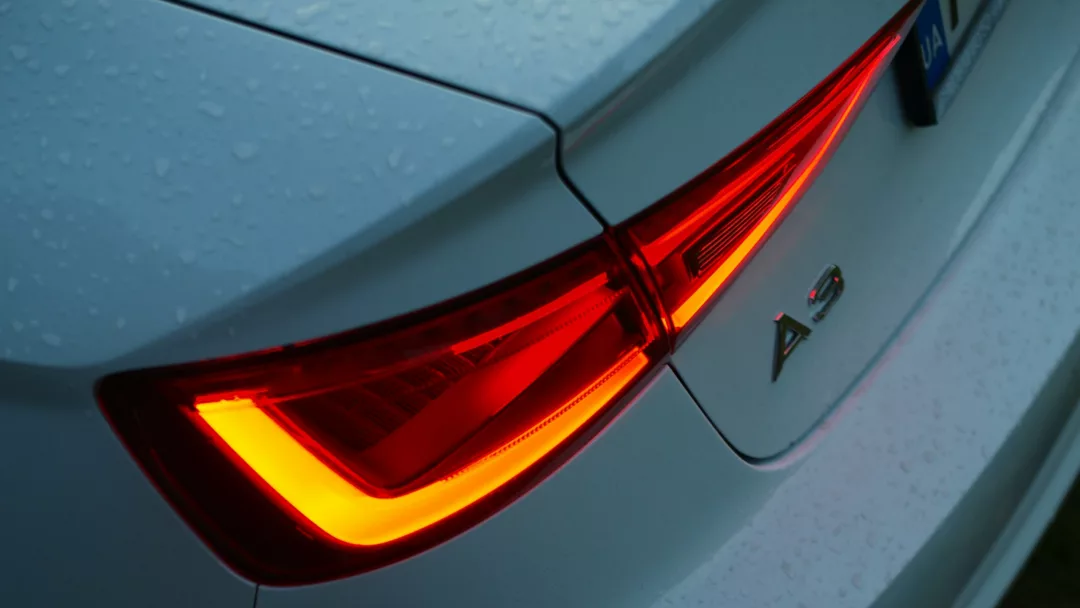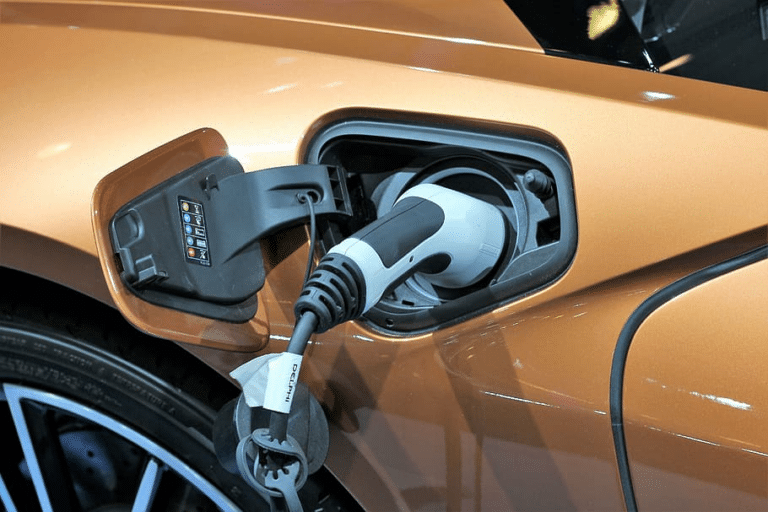What does TFSI mean?
When it comes to Audi TFSI petrol engines, we’ve got you covered. Find out all you need to know here.
Audi TFSI engine
Buy a new or used Audi and you won’t just get the top-level name that comes with it like the ‘Audi A3’, you’ll also get the ‘TFSI’ bit, which comes after it too. By knowing what these labels and abbreviations mean, you’ll be able to make sure that you get the engine that you want and that’s where we come in. It’s always handy to know what the manufacturers mean with their shorthand.
With the TFSI badge, you’ll find this on every petrol car that Audi sells and diesels with TDI, but what does it mean?

What does TFSI stand for?
TFSI stands for Turbocharged Fuel Stratified Injection and is used to let people know that the engine is a turbocharged petrol unit. Before this, before Audi got in with the fashion, these would have just been FSI engines, because they didn’t have turbochargers.
Powering a high output and optimum engine response, while reducing emissions and greater fuel efficiency, the TFSI engine is available in 4-cylinder, 6-cylinder and V-8 variations.
Since Audi got up to date, Audi models come with either TFSI or TDI and you’ll also find that they will have a number in front of this badge ranging from 25 to 70. These numbers simply show how much power the car has. It’s got nothing to do with the engine size or anything like that, sorry to disappoint.
Audi reckons that it allows for easier comparison between your petrol, diesel and electric cars. If you’re buying an Audi car brand new, you have the option of either having the badge left on, all depends on what tickles your fancy.

What does TFSI mean?
“TFSI is a technology used in many Audi petrol engines designed to deliver more power, improved efficiency and lower emissions.”
| Engine Type | Turbo | Fuel Injection | Brand |
|---|---|---|---|
| TFSI | Yes | Direct | Audi |
| TSI | Yes | Direct | Volkswagen |
| FSI | No | Direct | Audi/VW |
Audi TFSI e engine
If you ever notice a little ‘e’ on an Audi TFSI engine, then you’ll need to know that this isn’t just a normal petrol engine. This means that the car is a plug-in hybrid (PHEV), and you’ll see this on your Audi Q5 TFSI e or any other PHEV model.
In most cases, you’ll find that a full battery charge will give you at least 30 miles or range, lower running costs and better fuel efficiency, so a good all-rounder really.
Top of the TFSI mountain
At the top is the 4.0-litre V8, which powers the Audi A8. Producing an impressive 450 horsepower and 325 ft-lbs of torque, this twin-turbo engine, paired with an 8-speed shiftable automatic transmission, and ‘Cylinder on Demand’ technology, isn’t this just a beast of a motor! This means that when operating at part load, four of its cylinders will be in play.
You’ve also got your additional features too like Active Noise Control and engine mounts, which play a key part in reducing noise and vibration within the cabin.
Jamjar.com makes selling your car quick, easy, and hassle-free. By comparing offers from a trusted network of UK car buyers, you get the best price without the stress of negotiating or haggling. There are no hidden fees, no obligation to sell, and the entire process is 100% online. Whether your car is nearly new or well-used, Jamjar helps you sell it fast and for a fair price—saving you time and effort.
Jamjar.com makes selling your car quick, easy, and hassle-free. By comparing offers from a trusted network of UK car buyers, you get the best price without the stress of negotiating or haggling. There are no hidden fees, no obligation to sell, and the entire process is 100% online. Whether your car is nearly new or well-used, Jamjar helps you sell it fast and for a fair price—saving you time and effort.
What does TFSI mean?
TFSI stands for Turbo Fuel Stratified Injection. It’s Audi’s petrol engine technology that combines turbocharging with direct fuel injection for improved performance, better fuel efficiency, and lower exhaust emissions compared to older engine designs.
If you’re thinking of changing to a more efficient engine type in the future, you can get a free and instant car valuation using our quick online tool.
What is the difference between TFSI and TSI?
Both engines use turbocharging and direct injection, but the branding is different. TFSI is used by Audi, whereas TSI is mainly used by Volkswagen. Although they work in a very similar way, real-world performance and tuning can vary depending on the specific engine model and vehicle.
If you’re comparing options and thinking about part-exchanging or selling your car, our guide explains how the whole process works step-by-step.
What is the difference between TFSI and FSI engines?
FSI engines use direct fuel injection but do not include turbocharging, whereas TFSI engines add a turbo for extra power, smoother acceleration and the potential for better fuel efficiency. This is why TFSI engines are typically preferred for performance-focused models.
Before buying, selling or trading a car with either of these engines, make sure you’re aware of how different companies handle dealer fees as this can affect what you actually pay or receive.
Does a TFSI engine mean better fuel economy?
In many cases, TFSI engines can provide better fuel efficiency than older naturally aspirated or FSI engines because the turbo allows more power from a smaller engine size. Actual results vary based on driving style, servicing, and journey type.
If you’re considering moving to a more economical car, it may be useful to start with a free online car valuation to see what your current vehicle is worth.
















































